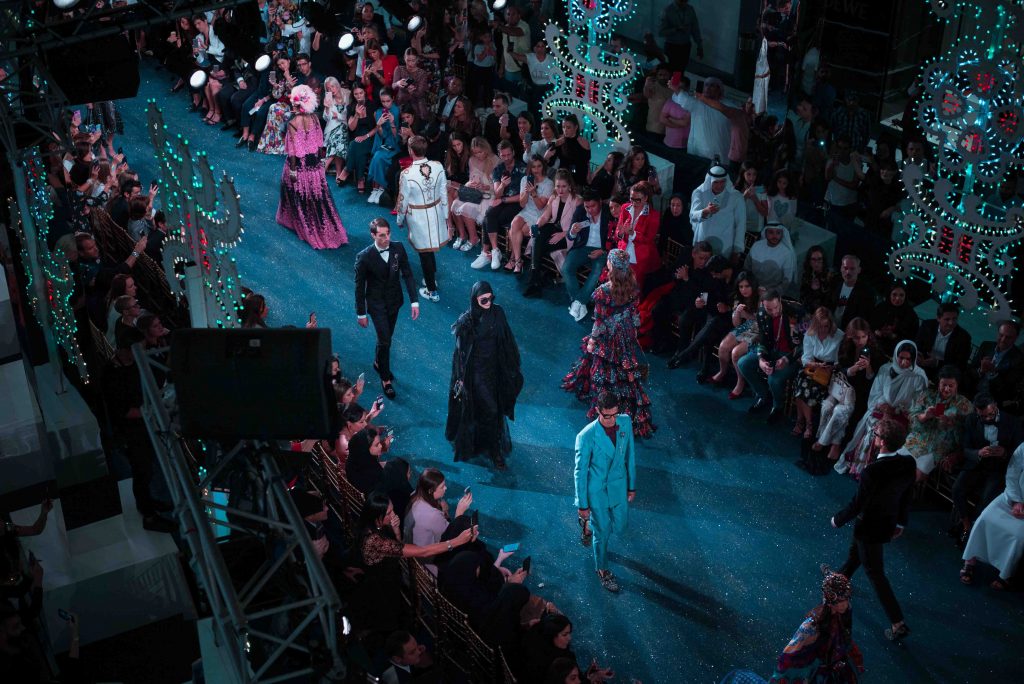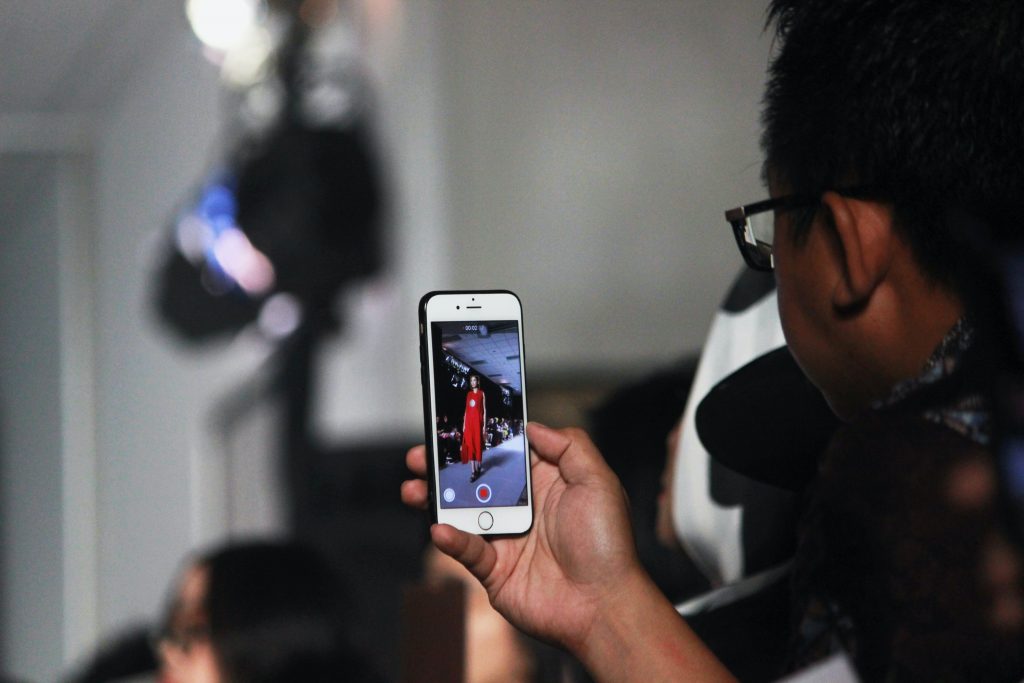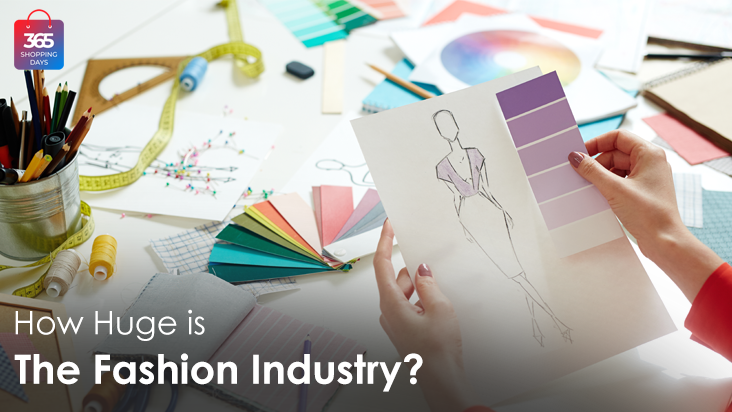Fashion is ever-changing. Most people today want to keep themselves informed about the latest designs and styles in clothing and accessories. The fashion industry is among the most profitable sectors globally; it has grown by leaps and bounds over the years, and as per statistics, it continues to show an upward trend for the near future.
What comes to your mind when you think of the fashion industry? Usually, people think of trendy clothes, stylish shoes, pretty accessories, and the like, but is the fashion industry limited to just that? Well, the fashion industry encompasses several smaller industries, all of which, together, generate employment opportunities for millions of people worldwide.
But exactly how big is the fashion industry? Let’s find out in this article!
The Fashion Industry – A Brief History
Before we go on to discussing how big the fashion industry is, let’s take a glance at the history of its development.
The fashion industry is a product of modernity. Any such large-scale industry did not exist even a couple of centuries ago. Fashion then consisted largely of handmade and customized clothing, made either at home or at the nearby tailor.
Mass production of apparel made its first appearance during the middle of the nineteenth century, although it was in a rather restricted manner. Fashion as an industry came much later; the rise of global capitalism and new technological innovations (such as sewing machines) directly contributed to the growth of this industry.

How Huge Is The Fashion Industry?
Today, the fashion industry is one of the major industrial sectors globally, contributing a sizable chunk to the world economy. While many would associate the industry as only dealing with creating new styles of apparel, it’s not restricted to merely that.
Instead, it comprises several separate yet interconnected sectors, including fashion designing, manufacturing, retailing, marketing, and advertising. All of these sectors comprise a wide variety of different professionals who contribute to its overall success. Let’s take a closer look at them.
Fashion Designing And Manufacture
Fashion designers and manufacturers work in collaboration to create new collections of clothing and accessories. While several fashion designers run independent manufacturing units, the usual practice consists of manufacturers hiring designers to work for them.
The work of fashion designers is to create new styles that would appeal to consumers. A design may be inspired by various sources such as nature, television or film costumes, etc.
The traditional way of designing was through sketches or using mannequins to drape new styles. With the advancement of technology, computer-assisted designing has gained popularity due to the ease of making adjustments quickly.
Post finalization of the design, the tech pack (a document containing all the technical information about the item to be produced) is shared with the manufacturer, based on which the production takes place.
The major portion of fashion manufacturing deals with producing moderately priced clothing that has a broader market base. A much smaller portion of designers and manufacturers produce high-end fashion catering to a particular section of society.
Fashion Retailing
The finished fashion goods do not reach the customer directly from the manufacturers. Instead, the process involves fashion retailers acting as intermediaries between the two. In simple words, fashion retailers first buy the finished goods from the manufacturers and then make them available for sale for customers in stores.
But this isn’t as easy as it sounds. A lot of work goes into ensuring that the above process is as smooth as possible. Retailers are responsible for various roles, including but not limited to, identifying the ideal suppliers, selecting products, strategizing and setting targets for sales, building professional networks and relationships with manufacturers and designers on one end and with customers on the other, etc.
Fashion Marketing And Promotion
It’s not enough to produce good clothes or accessories. You need to convince people to buy them too! Here is when fashion marketing and advertising come in. This sector deals with advertising products in a way that makes them attractive to the target audience.
Fashion marketers need to identify the needs of the target audience and respond accordingly through advertisement campaigns.
Earlier, the main modes of advertisement included television commercials, magazines, newspapers, and the likes. But with more than half of the world’s population having an active online presence today, using social media platforms and email for marketing purposes has gained immense popularity.
Another way of promoting fashion is through fashion shows. This form of promotion is a regular event today – fashion shows take place multiple times a year in different parts of the world.
Fashion shows not only display new products to prospective buyers but also help create media hype (through fashion journalists) that are as good as advertising campaigns in boosting demand for the latest fashion. They also play an essential role in introducing new fashion trends.

So What Does The Future Hold For The Fashion Industry?
As we can make out from the above section, the fashion industry gives rise to several employment opportunities for people at different production, retailing, and marketing levels.
But what does the future of the fashion industry look like? As we all know, the fashion industry runs on the basis of consumer demands, and based on it, here are some of the changes that we might see in the industry in the near future.
Sustainable Fashion
The fashion industry is one of the major contributors to environmental pollution and climate change, especially due to wasteful production methods. But it is in for a change, as several brands are slowly moving towards more sustainable practices in a bid to save the environment from further harm.
A Move Towards the Digital
Online shopping is becoming increasingly popular – a direct effect of the coronavirus pandemic and the resulting restrictions on movement.
The fashion industry will have to make a move towards improving the online shopping experience of the customer. Some of the features that we might see include virtual sizing tools, showrooms, and stylists. Some brands have already introduced virtual try-on options for customers using AR and VR technologies.
With these changes, the fashion industry is geared for growing bigger in the near future, with new practices opening up further employment opportunities globally.



